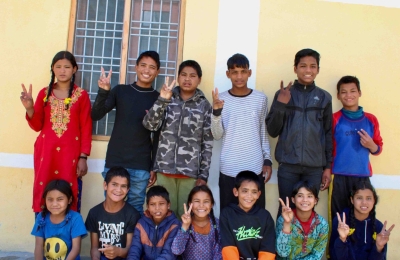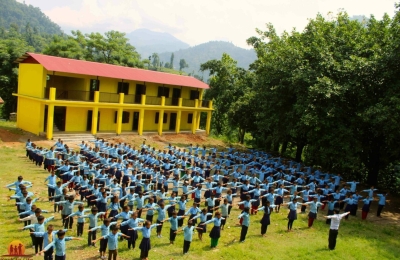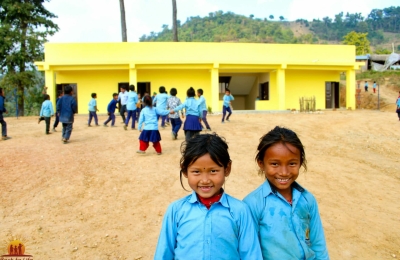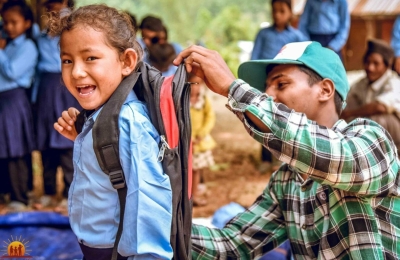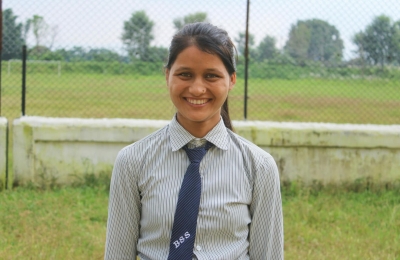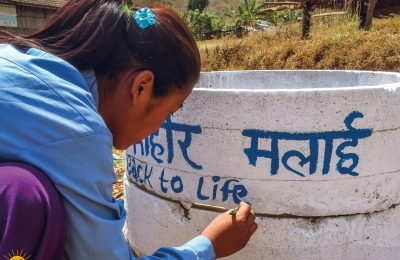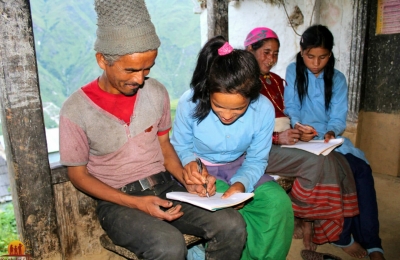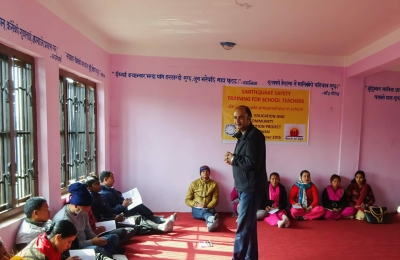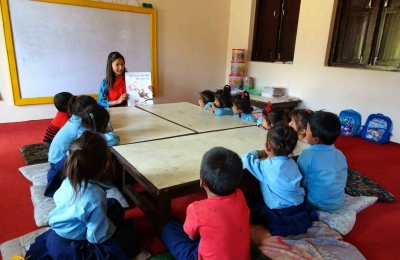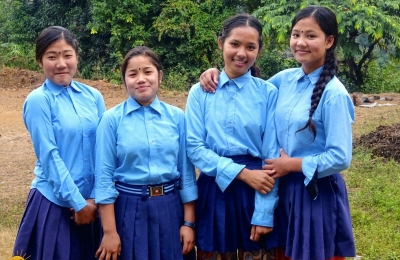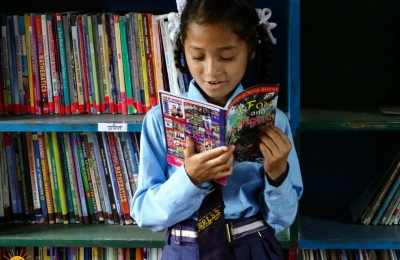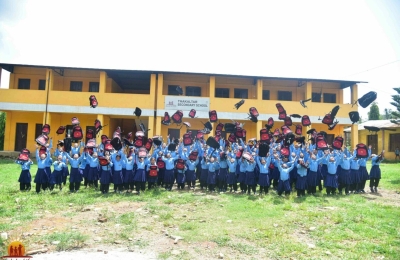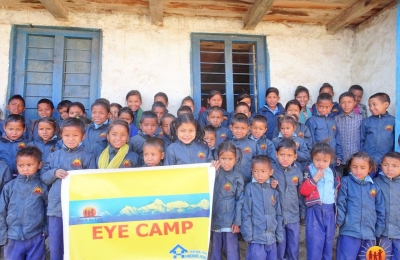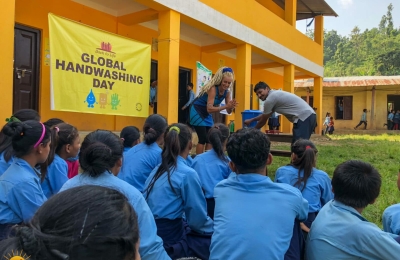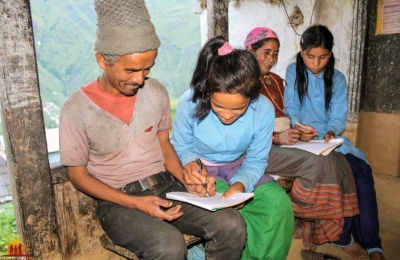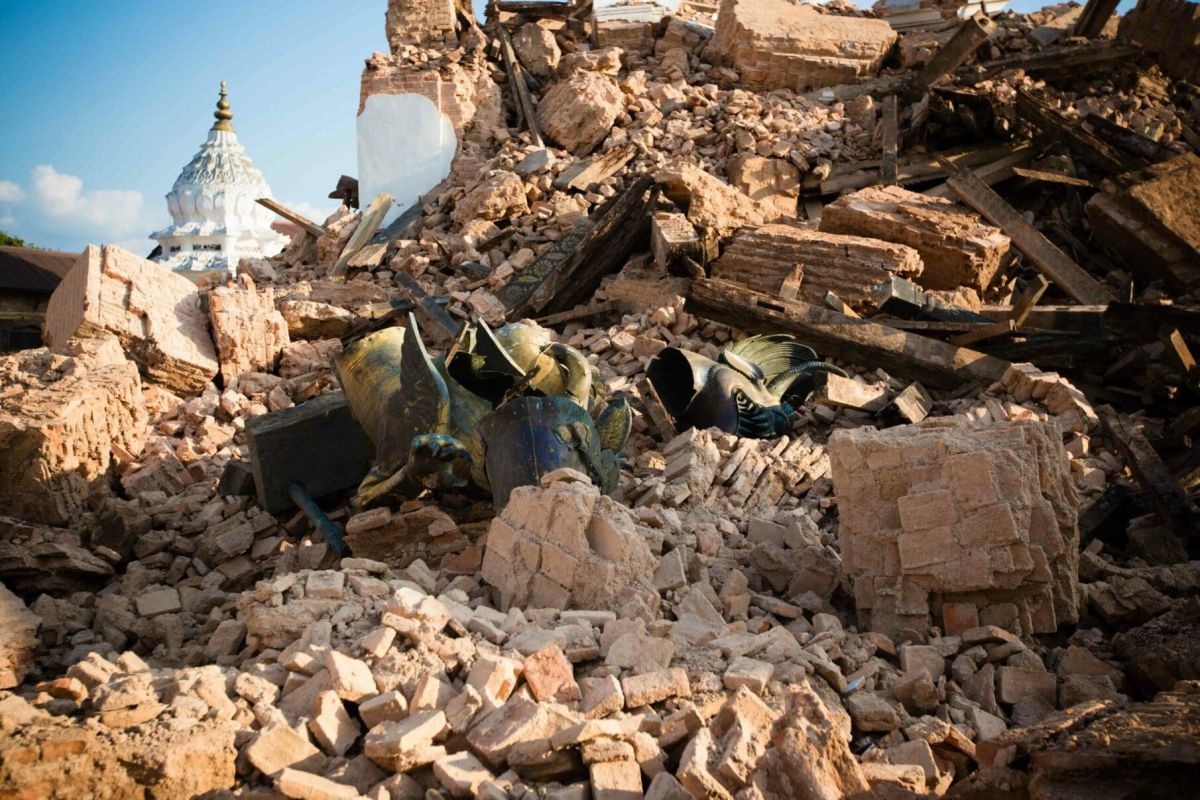
On April 25, 2015, Nepal was hit by a severe earthquake with a magnitude of 7.8 – the epicenter was only 80 km from the capital Kathmandu. Devastating tremors raged for 90 seconds. People ran outside in panic. Houses, roofs, stairs and walls collapsed. Power cables, masts, water tanks and advertising signs became lethal projectiles.
There were landslides in many places. Countless schools, historic buildings and temples as well as roads, bridges and other infrastructure were destroyed. The force of the plate shift was so strong that Kathmandu was shifted three meters to the south. It was the strongest earthquake in 80 years.
The country was also hit by severe aftershocks for the next few days. Thousands of frightened people slept in the open air in the rain, for fear of returning to their homes or because they were destroyed or badly damaged.
A few figures make the extent of the disaster clear: According to estimates, up to 10 million people were directly affected by the earthquake. Over 8,650 victims lost their lives and well over 100,000 were injured. 1.4 million people had to endure without food for a long period of time, and a million were cut off from the water supply.
Almost three million sufferers temporarily lost their homes. Because more than 600,000 buildings were completely destroyed, another approx. 269,000 damaged. There are also reports of up to 30,000 destroyed classrooms.
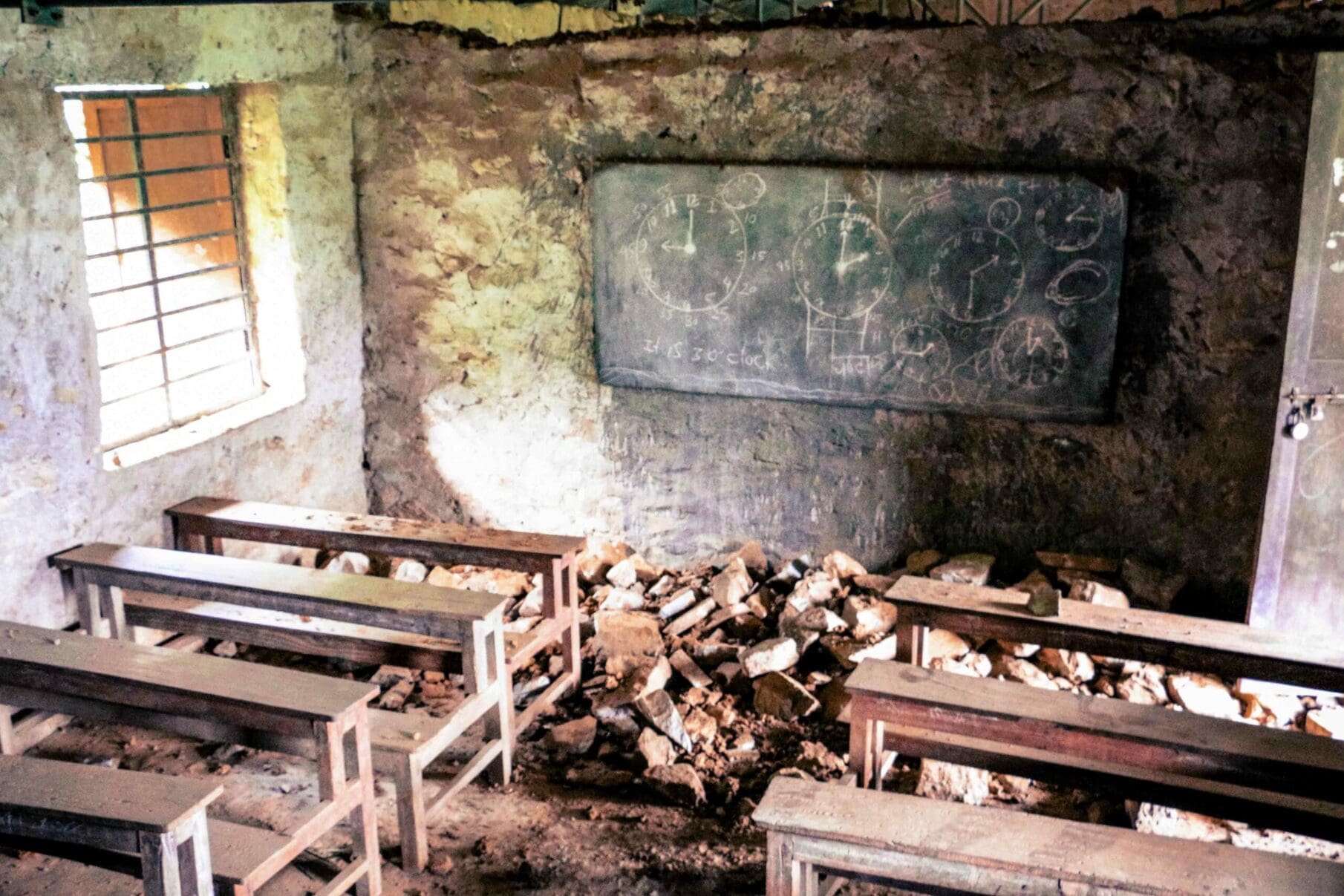

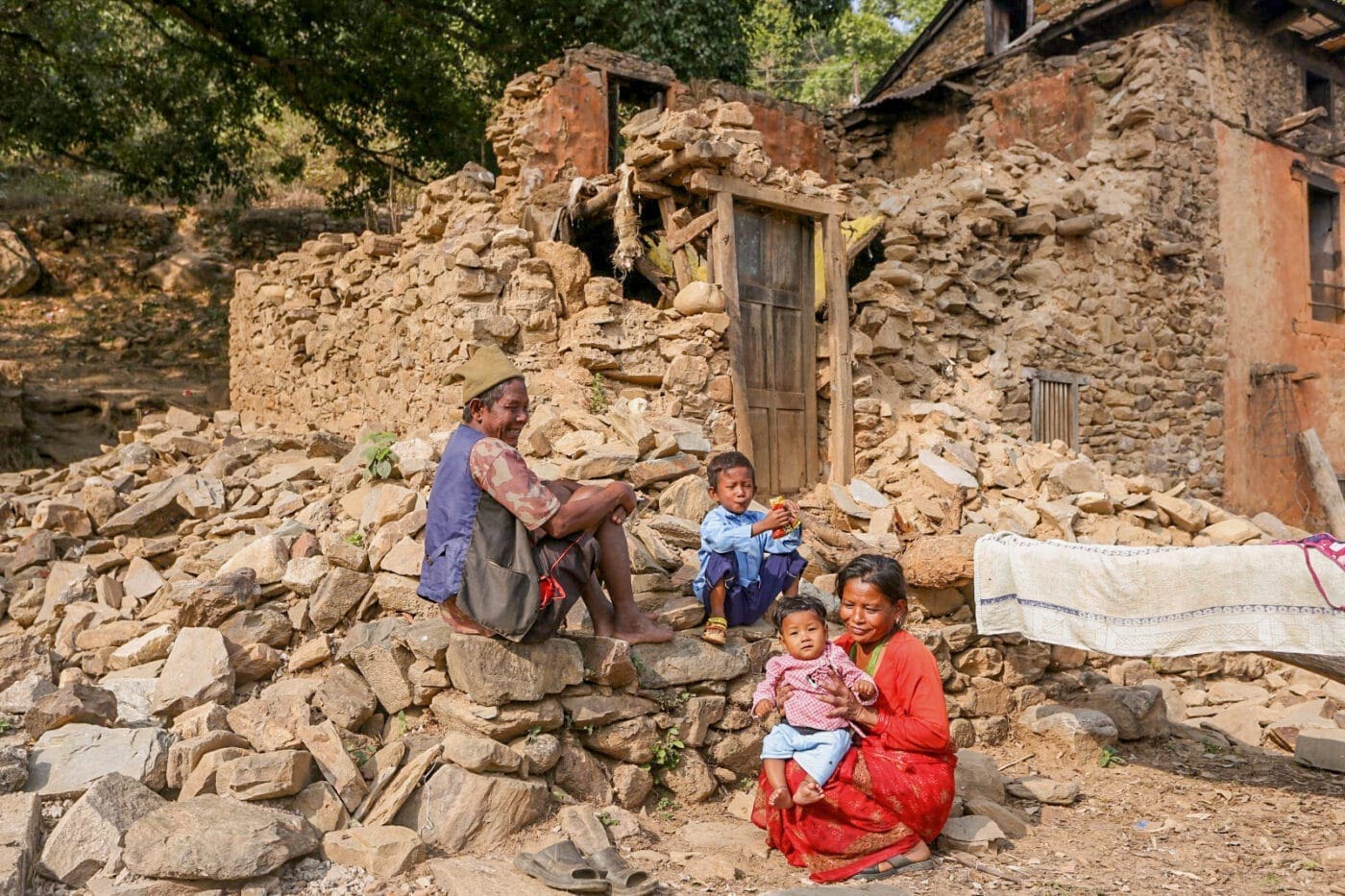

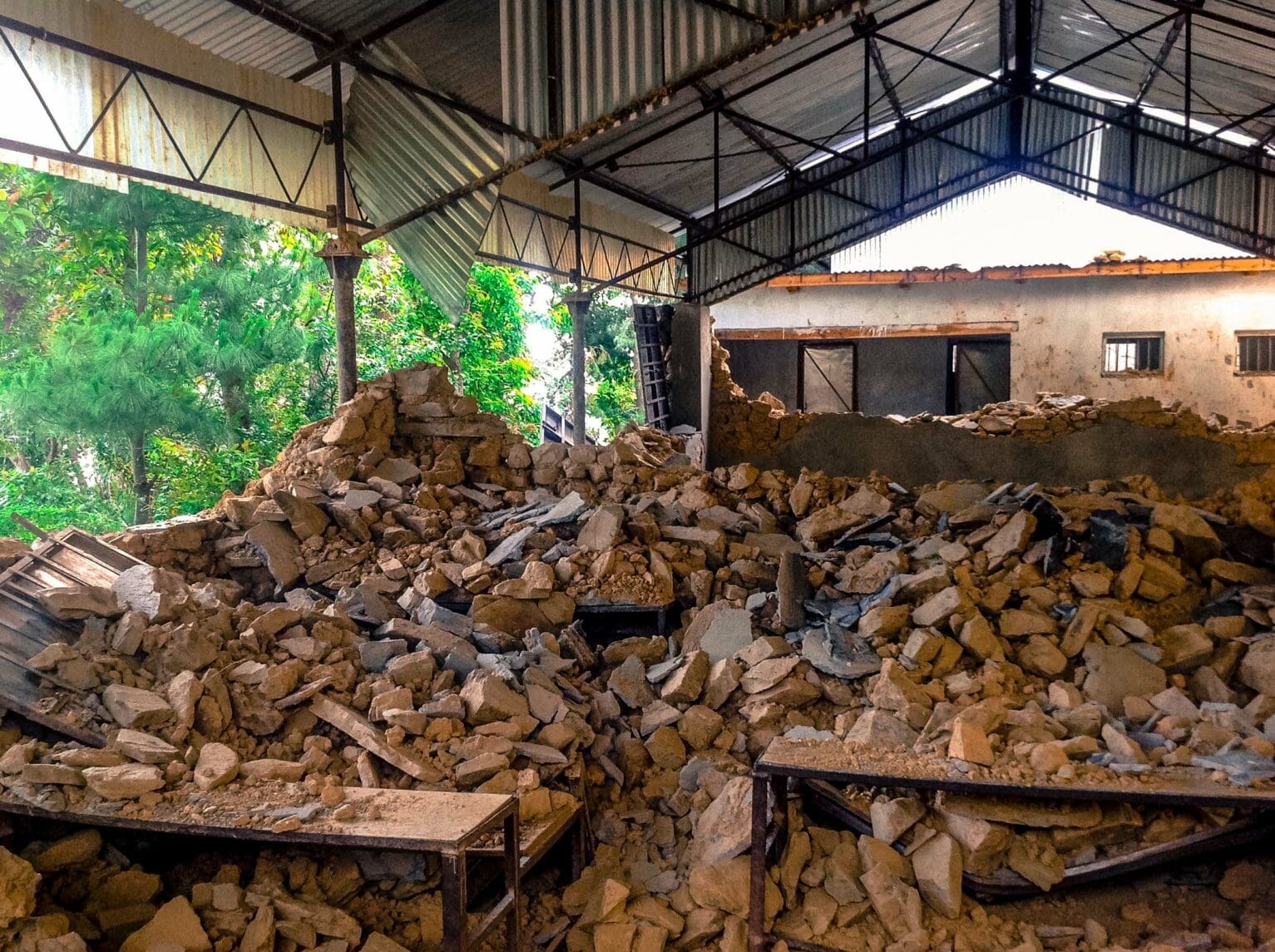

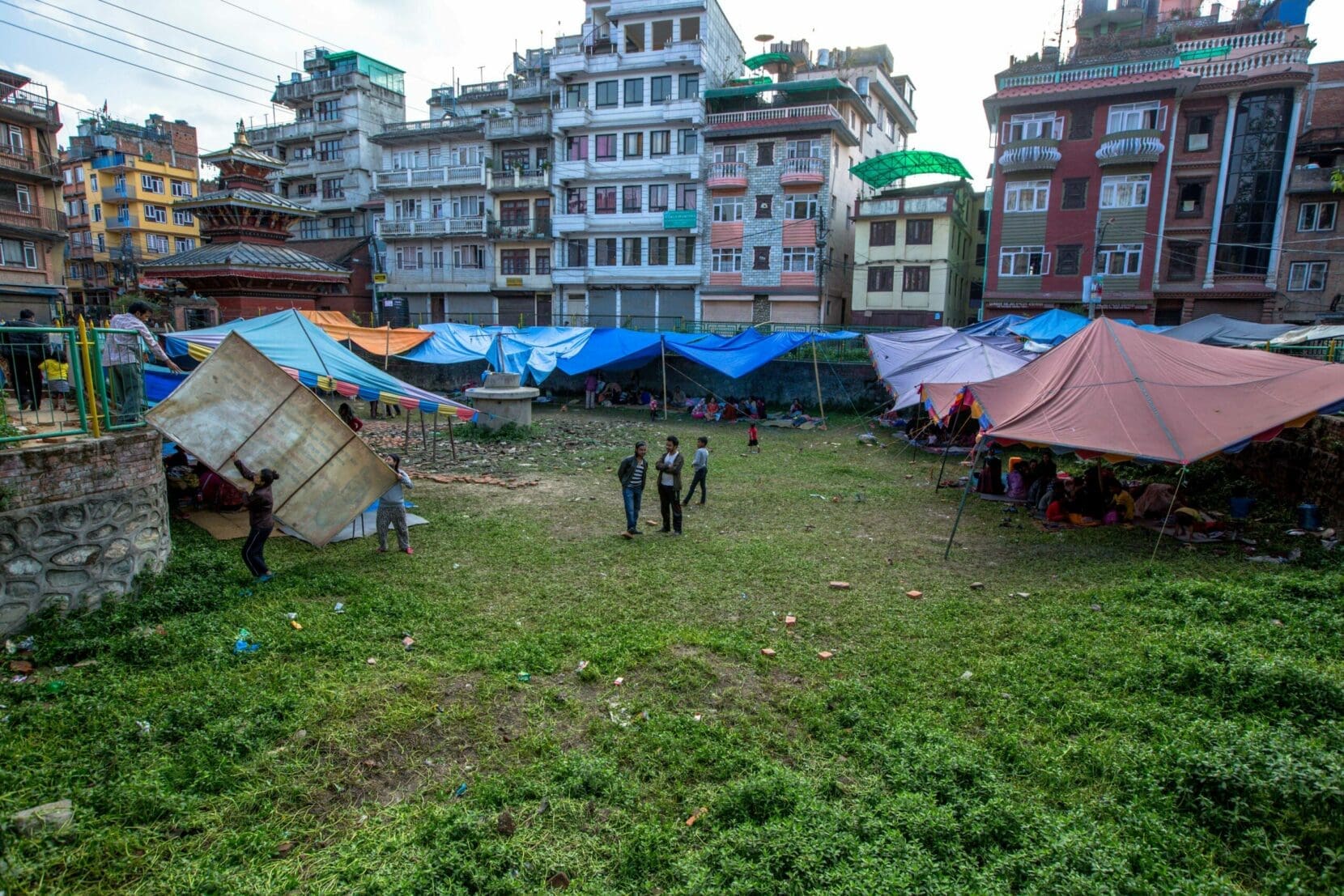

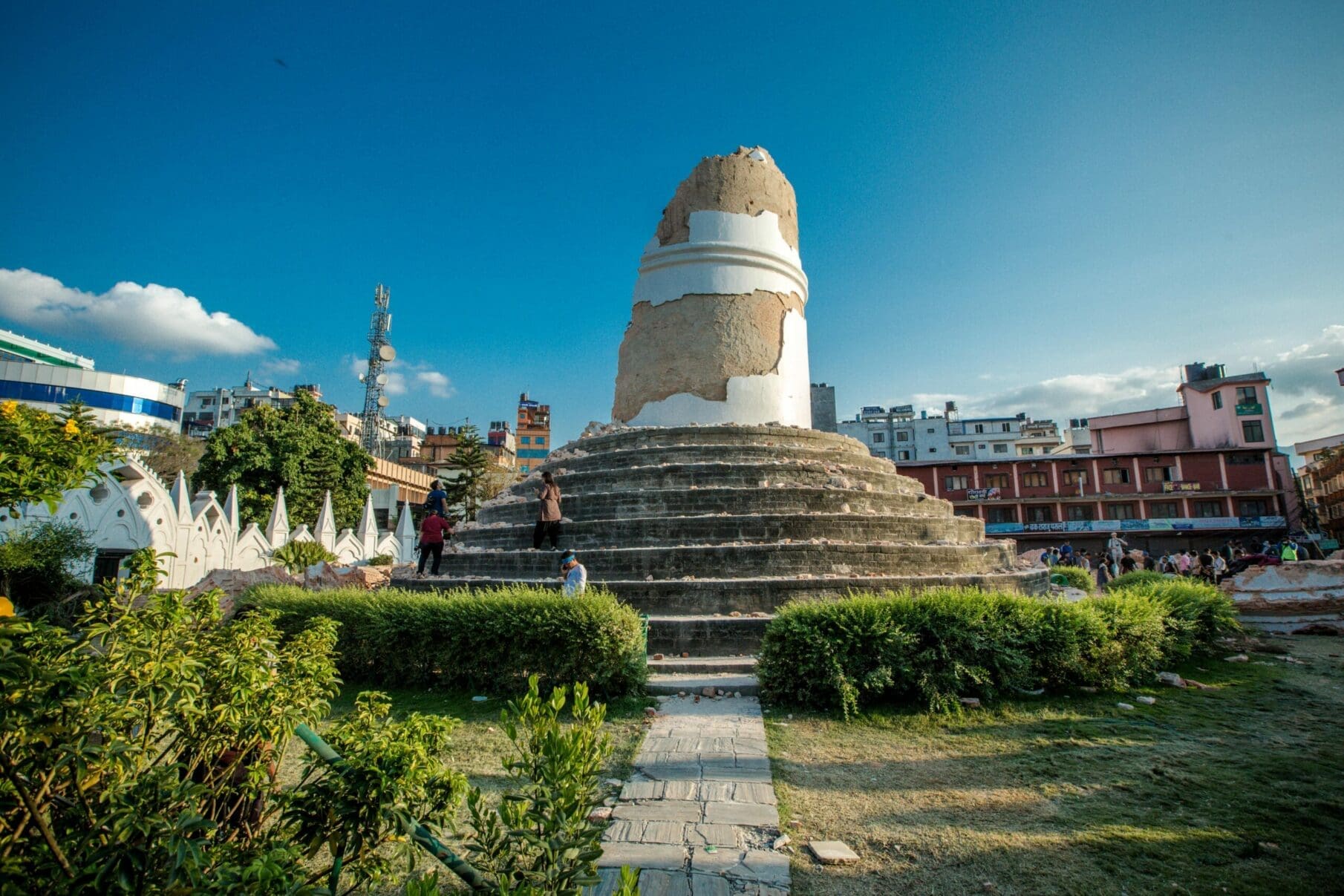

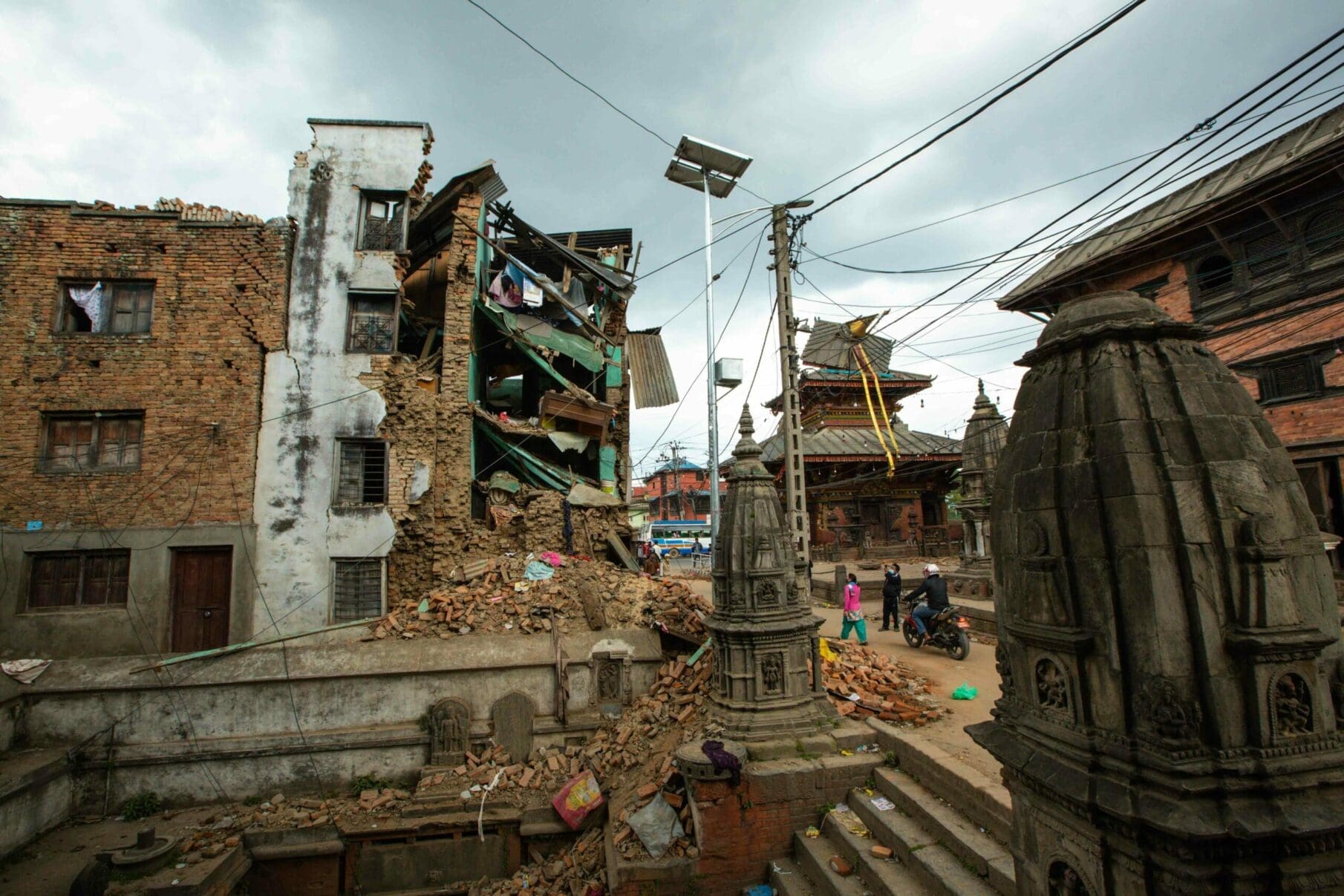

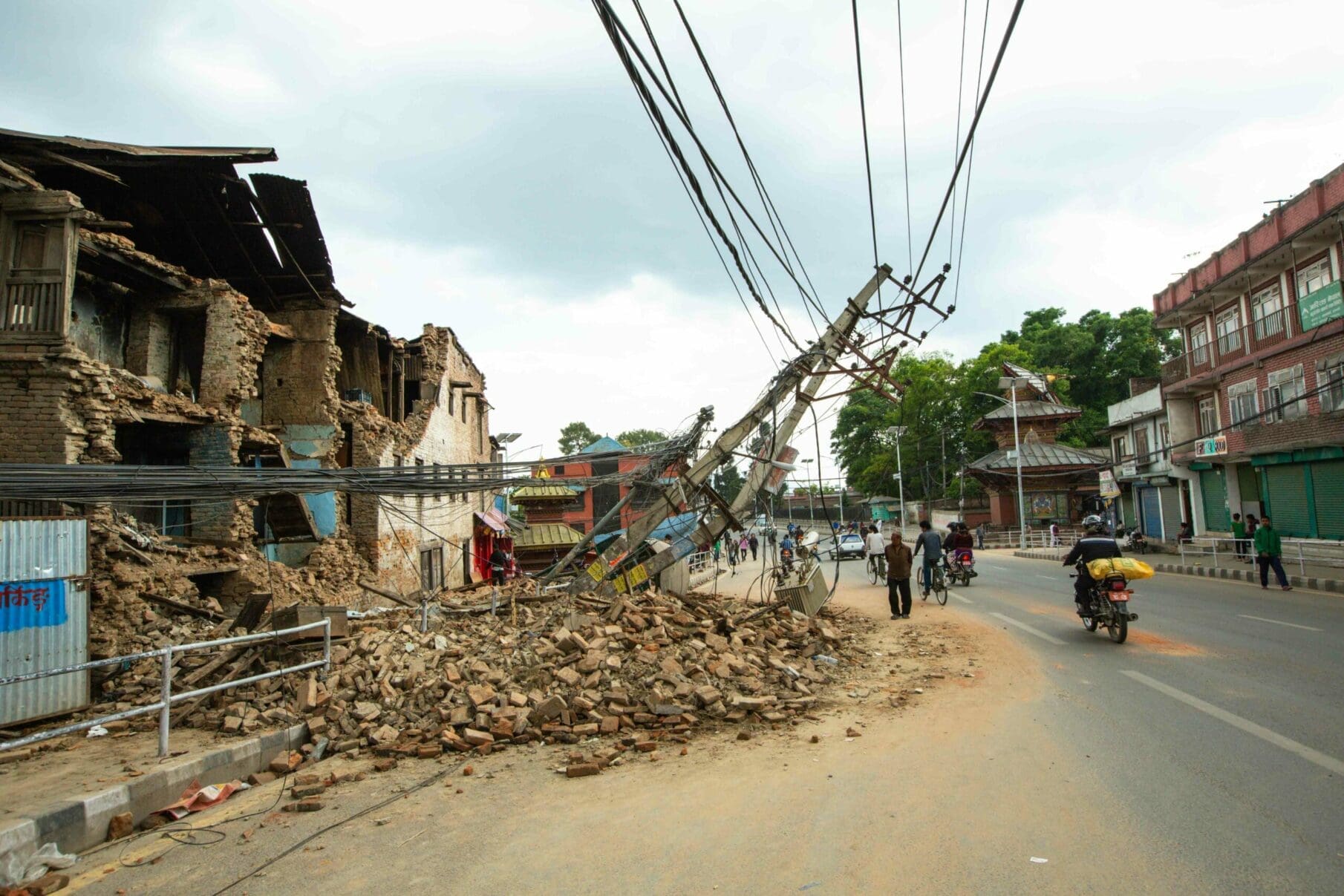

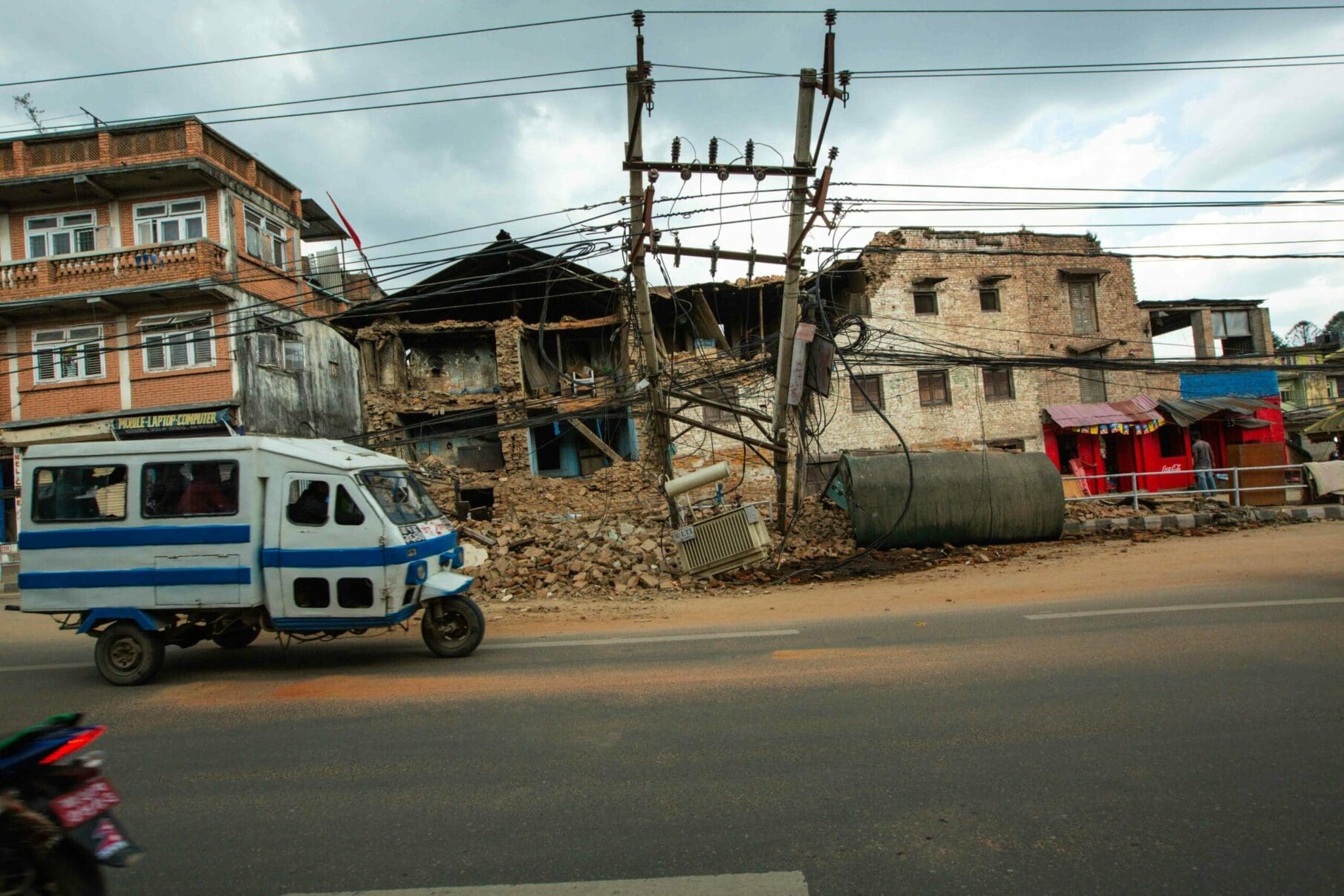

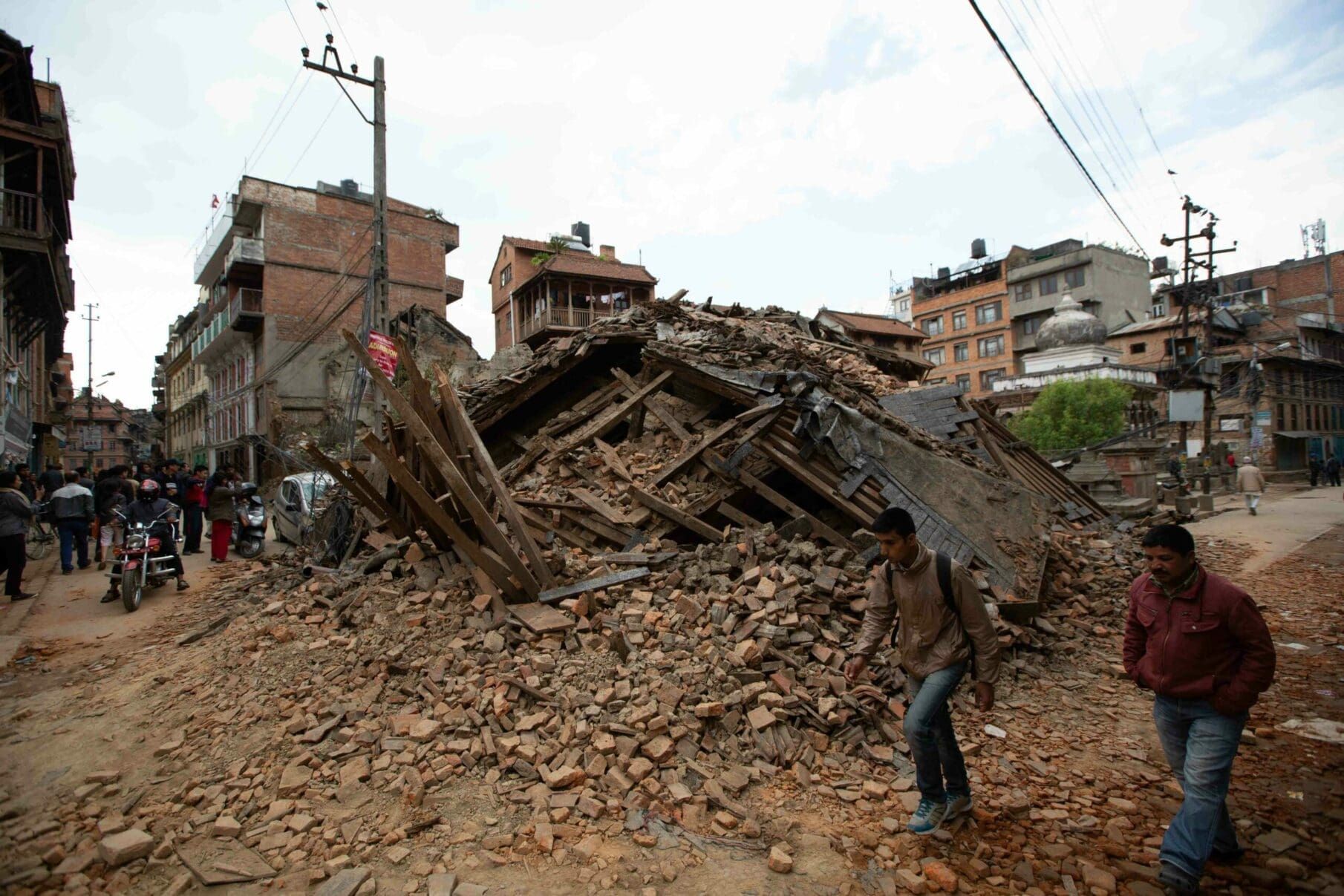

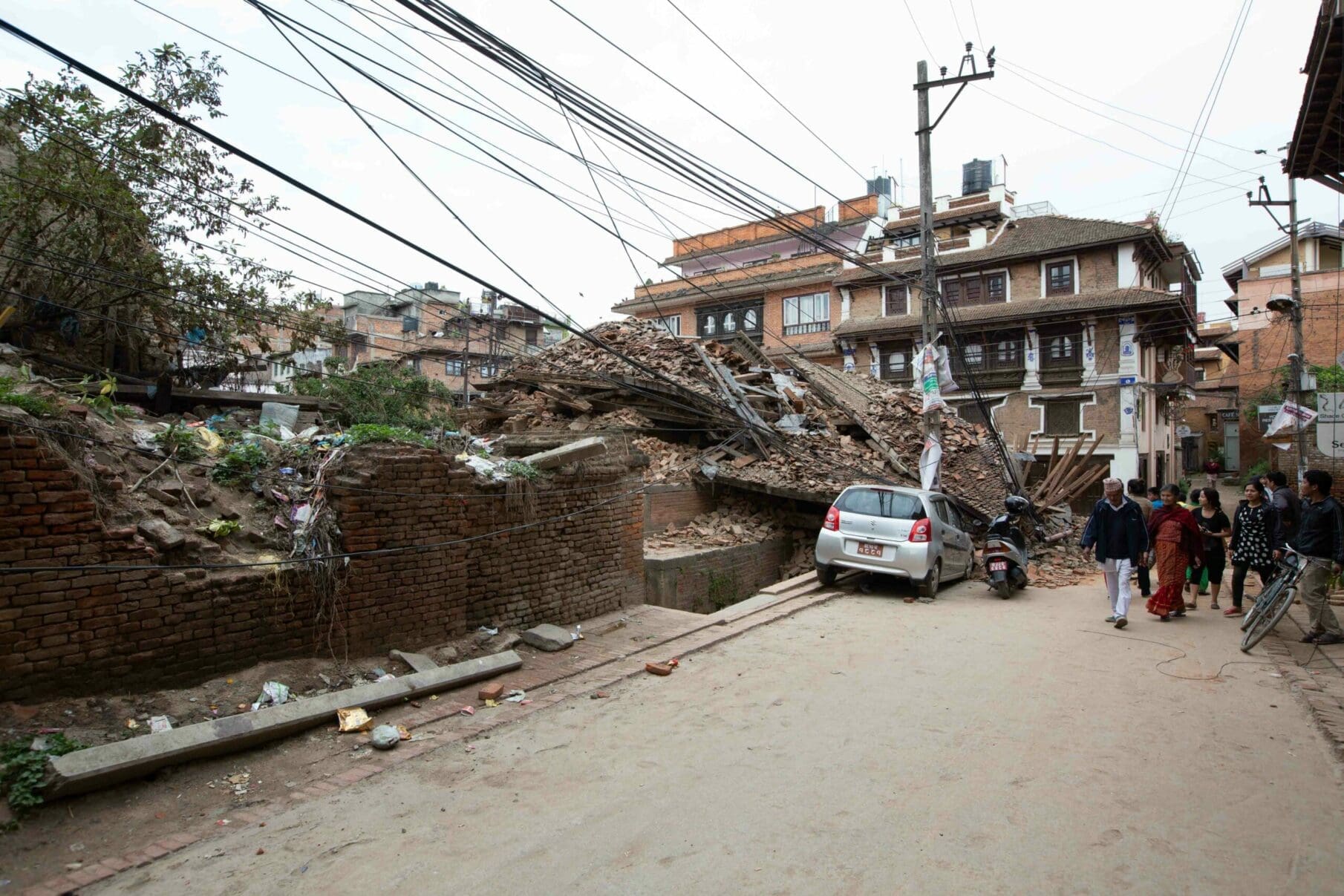

Disaster relief – quick and easy
Although the employees of Back to Life in Nepal were themselves affected by the earthquake, it was clear to everyone that they would immediately participate in the emergency aid. The organization was one of the first to provide concrete relief measures. There was chaos everywhere, there was a lack of drinking water and food, tarpaulins and blankets for emergency shelters, doctors, medicines, and blood. And as with many disasters, the risk of epidemics was enormous.
But only two days after the earthquake, Back to Life was able to provide help to the first victims. The organization was involved in the construction of emergency shelters, the supply of food and clean drinking water, and the distribution of medicines. With a lot of improvisation skills and tireless efforts, the team quickly organized health camps to save human lives and began to educate those affected about the hygiene measures that were now urgently needed.
Among other things, Back to Life brought urgently needed medication to the overcrowded Sushma Koirala Memorial Hospital Nepal (SKMH) near Kathmandu and organized a health camp in the badly destroyed city of Bhaktapur with a special focus on pregnant women, breastfeeding mothers and babies.
The badly affected region of Nuwakot was declared a new project area, in which Back to Life later also supported the reconstruction. First, however, the team helped the residents with blankets, clothes and shoes to survive the freezing winter. Meanwhile, Stella Deetjen in Germany repeatedly turned to the public to inform about the situation on site and to collect urgently needed donations.
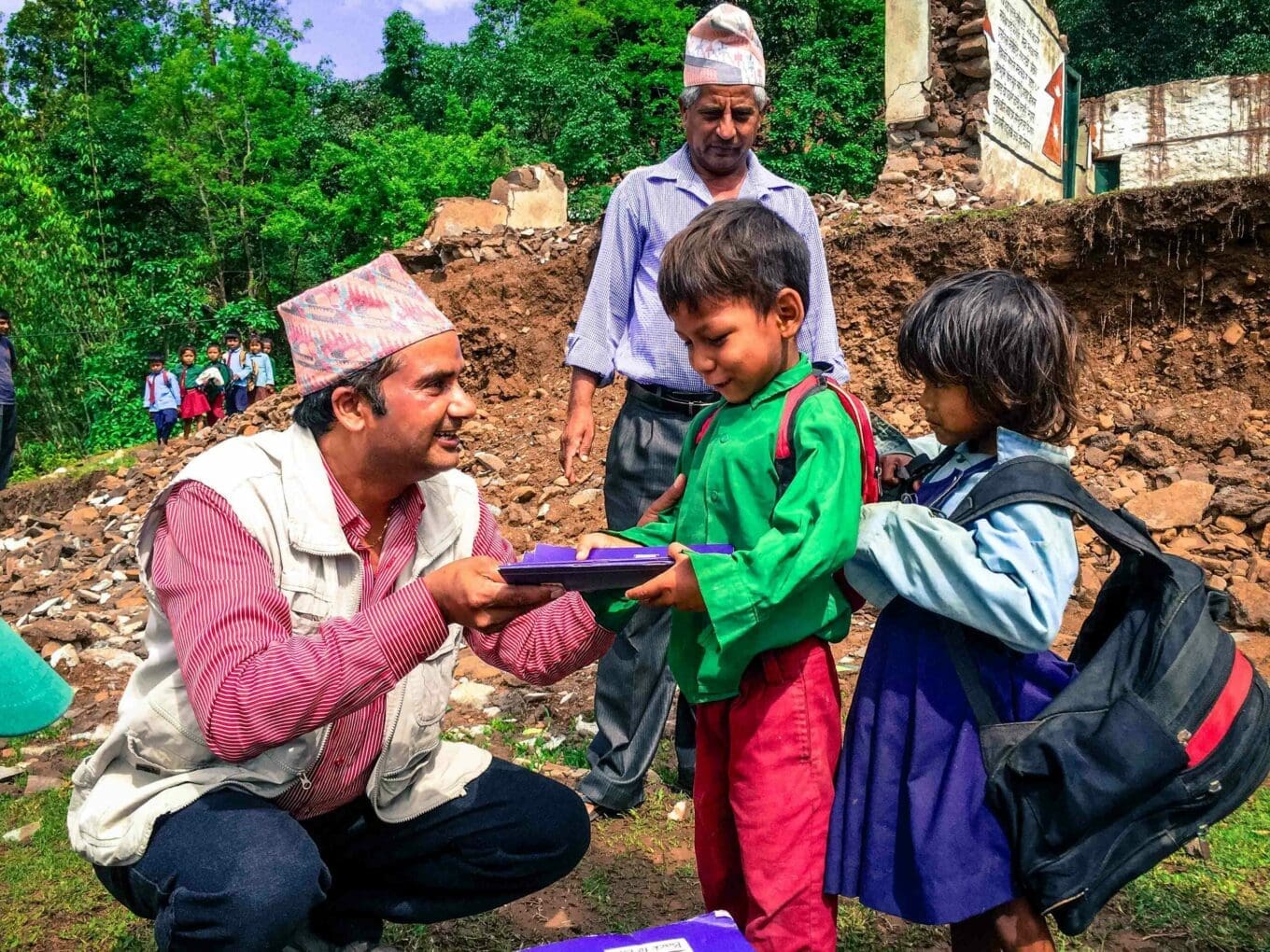

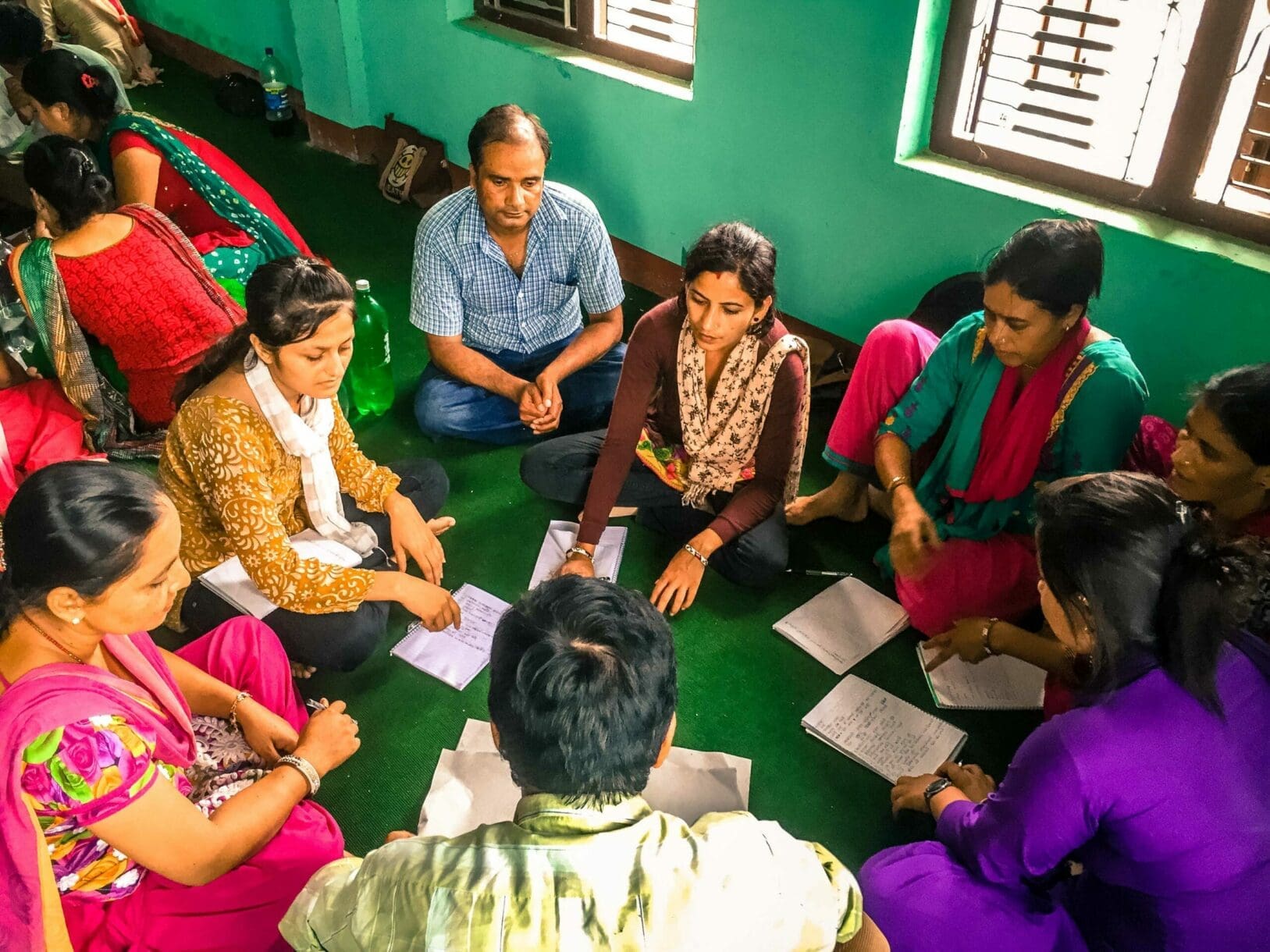

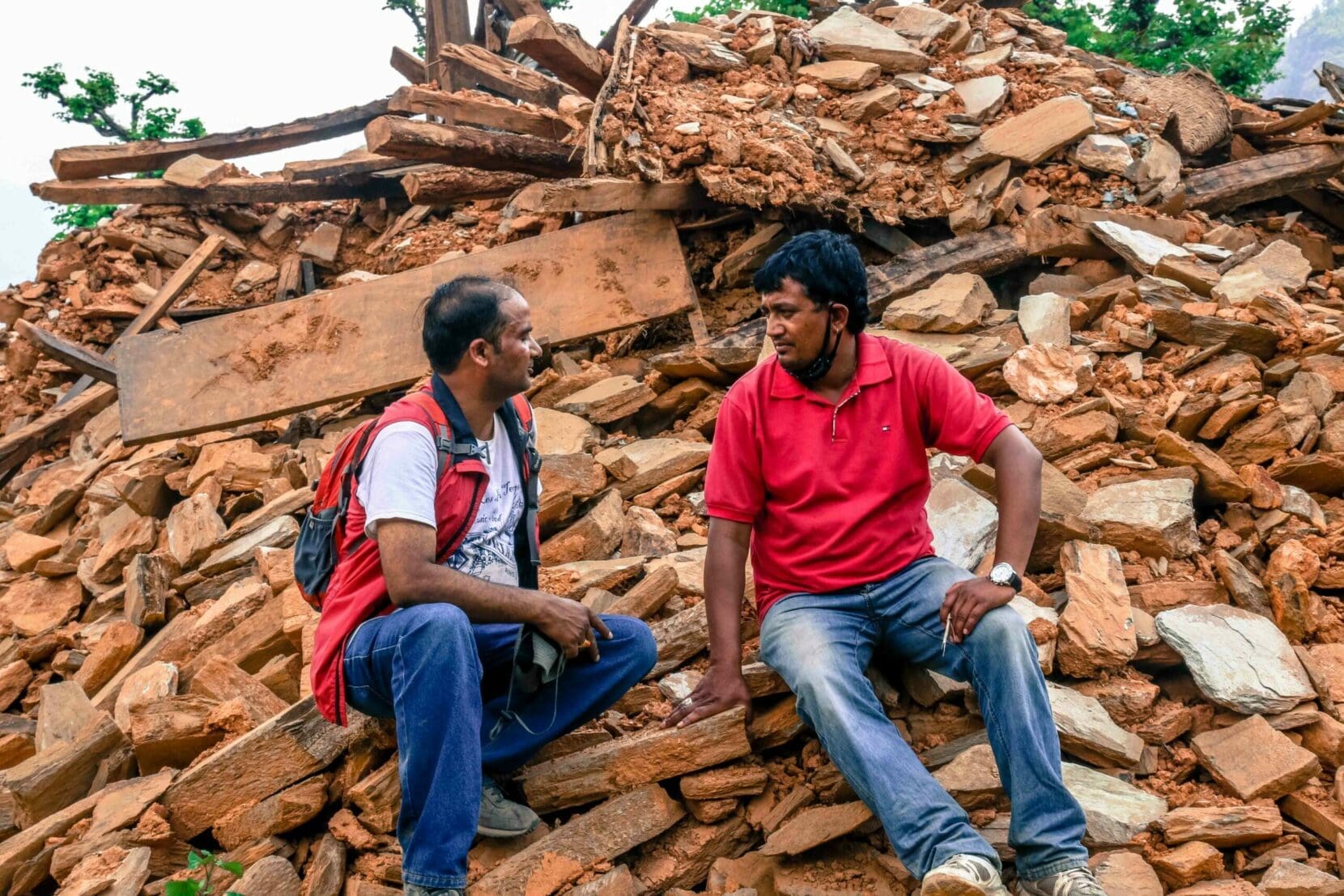

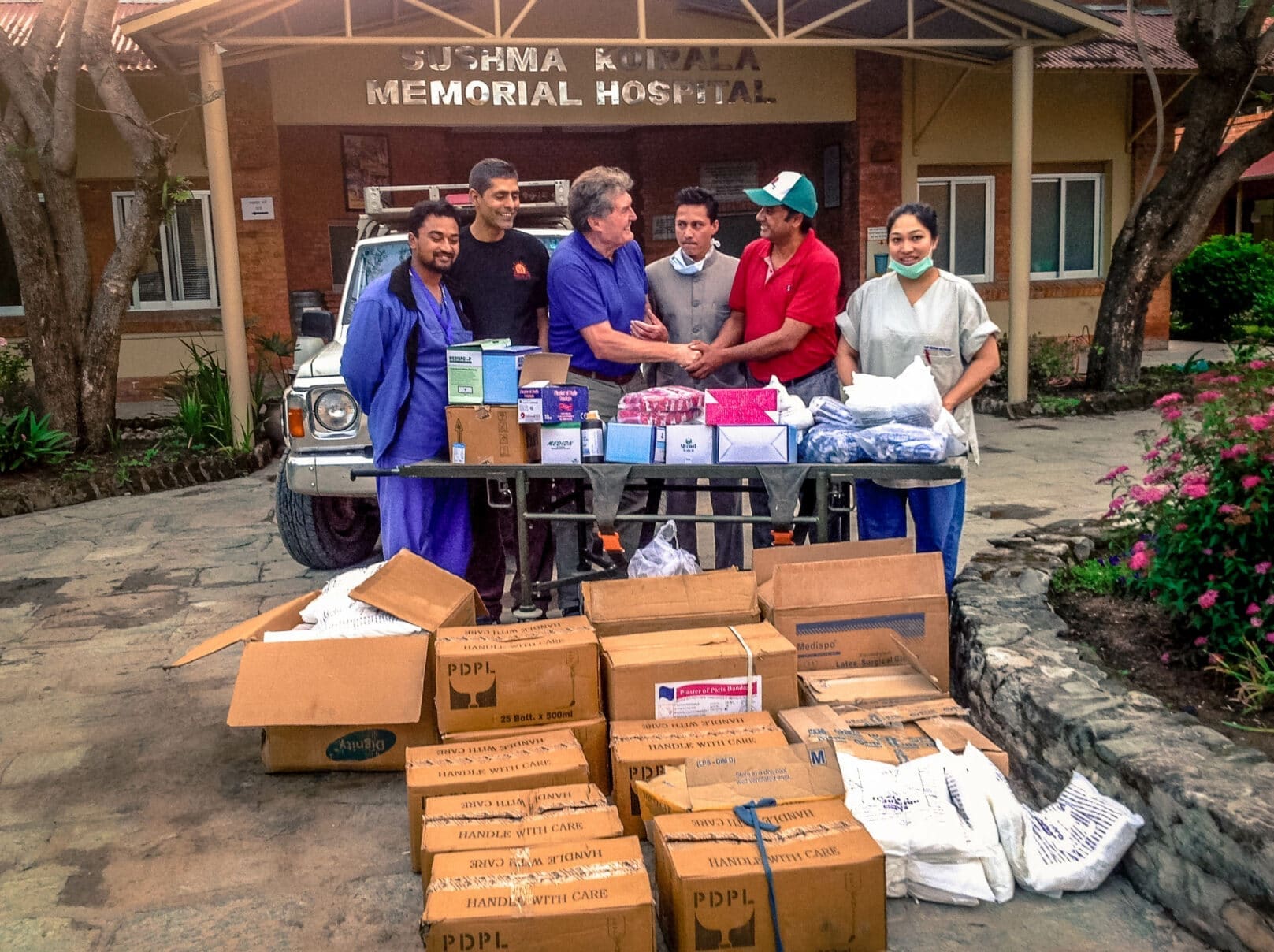

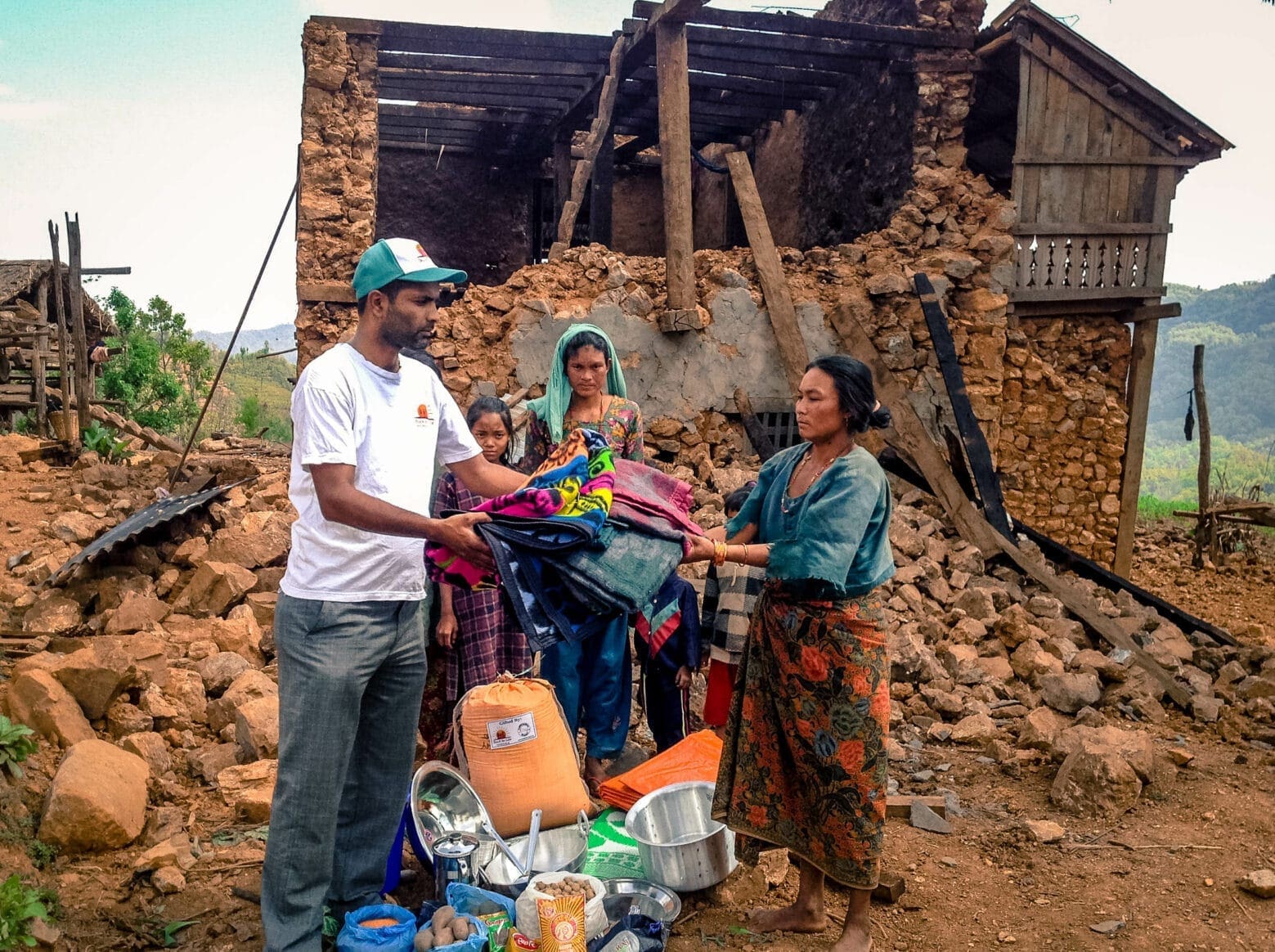

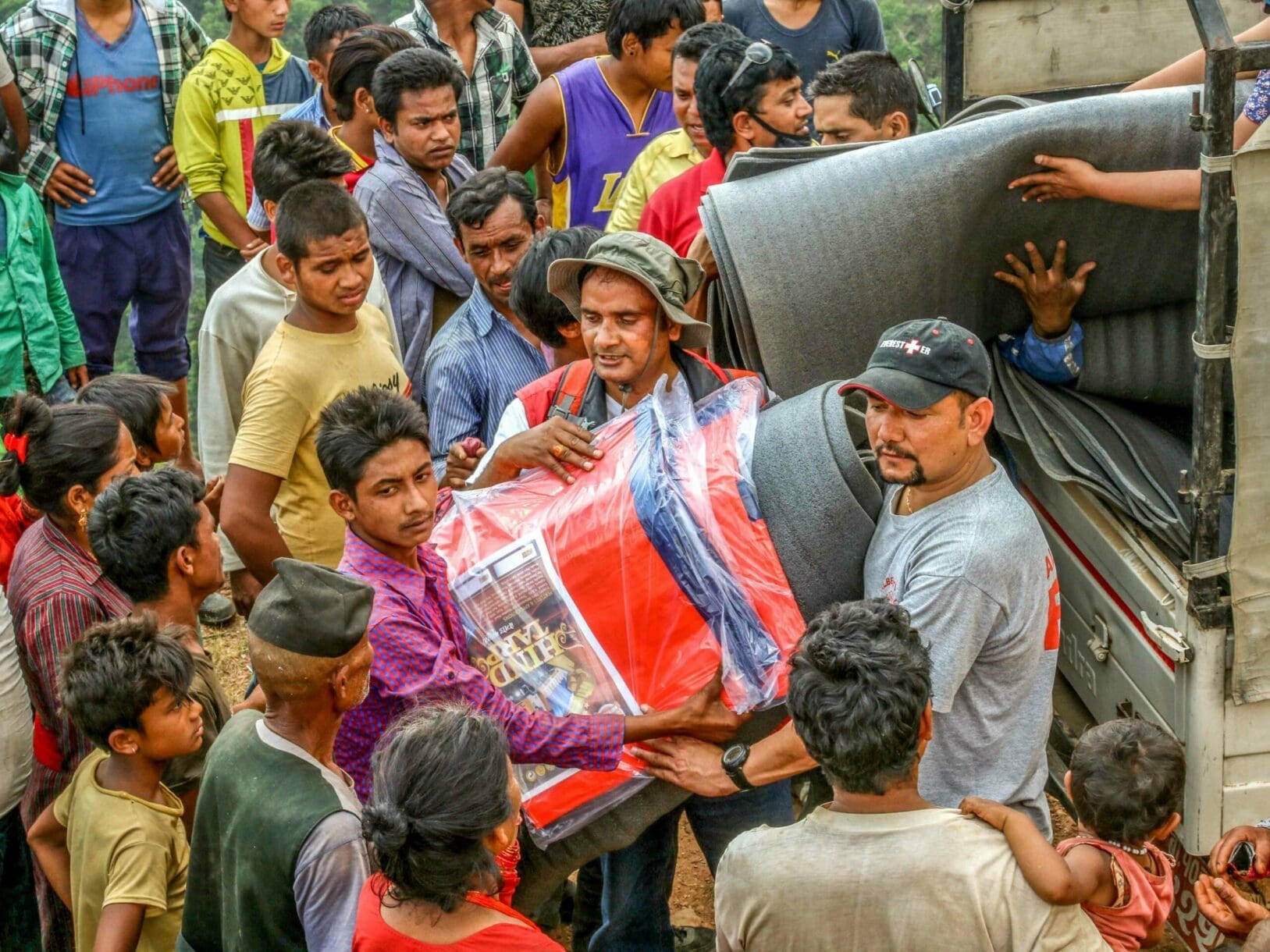

The second quake
It was with great dismay that we learned of the second massive earthquake with a magnitude of 7.4 on May 12th. This time the epicenter was northeast of Kathmandu. Countless houses that had been damaged in the first quake had no chance in this further shock.
Reconstruction: focus on schools
The day of the earthquake was Saturday, the only day off of the week. Nobody was injured or killed in the schools – but 30,000 classrooms were destroyed. That means: around a million children could no longer be properly educated. But how should the reconstruction in Nepal ever be possible when a generation grows up without education?
That is why Back to Life mainly focused on schools. First of all, stable large tents were erected for the transition, then planning began for the simultaneous reconstruction of eight earthquake-proof school buildings. That turned out to be even more difficult than expected: the start of construction was delayed again and again due to requirements imposed by the authorities, the monsoons and destroyed traffic routes. Material and machines could only be transported to the remote villages with great difficulty. In addition, large stone slabs in the ground made digging the foundations a feat of strength.
But as early as September 2016, six of the new school buildings were able to open. The Back to Life team, Stella Deetjen and her son attended the inauguration ceremony. This was also the case at the Dashinkali Primary School in Bhaduwar, which was massively damaged on April 25, 2015 and then finally destroyed in the second quake in May. Today there is a sun-yellow, earthquake-proof new building – a school where children and teachers can feel comfortable and safe. This will help them overcome the trauma caused by the earthquake. This school was donated by Fabian Hambüchen, the Olympic champion on the horizontal bar in Rio 20 …

New courage for the people
In terms of emergency aid, Back to Life had good experiences with safety training and trauma management seminars. That is why the project managers worked with educators and psychologists to develop an appropriate program for teachers and students.
Teachers from 27 schools were able to take part in seminars in which the causes of earthquakes were first clearly explained. Then questions like: Can I prepare for an earthquake? How do I get us all to safety quickly? At the same time, evacuation plans were drawn up and information about earthquake-proof construction was provided.
The aim of the seminars was for the teachers to pass on their knowledge to the students and to regularly carry out exercises for emergencies. Around 10,000 school children have benefited from it.
The situation in Nepal today
The government originally planned the reconstruction within ten years, but today it is clear that it will take significantly longer. Thousands of buildings and cultural monuments have still not been reconstructed, and the country’s infrastructure is still not intact. After all: of the around 7,550 damaged schools, more than 4,000 have been rebuilt.
There have been more than 44,000 aftershocks in Nepal since 2015. How do people in the country live with it? It is part of the Nepali mentality to never give up hope – and Back to Life does everything to encourage them to do so.
Thanks to all who have supported us
For Back to Life, the measures after the 2015 earthquake were a mammoth project. We have grown to meet this challenge and have shown that a smaller organization in particular can provide emergency aid quickly and flexibly.
Without the long-term supporters and numerous new sponsors and donors, we would never have mastered the project. We would like to thank you for your generous commitment and for your trust in our work – also on behalf of the people in Nepal, who can look to the future with more hope today.


